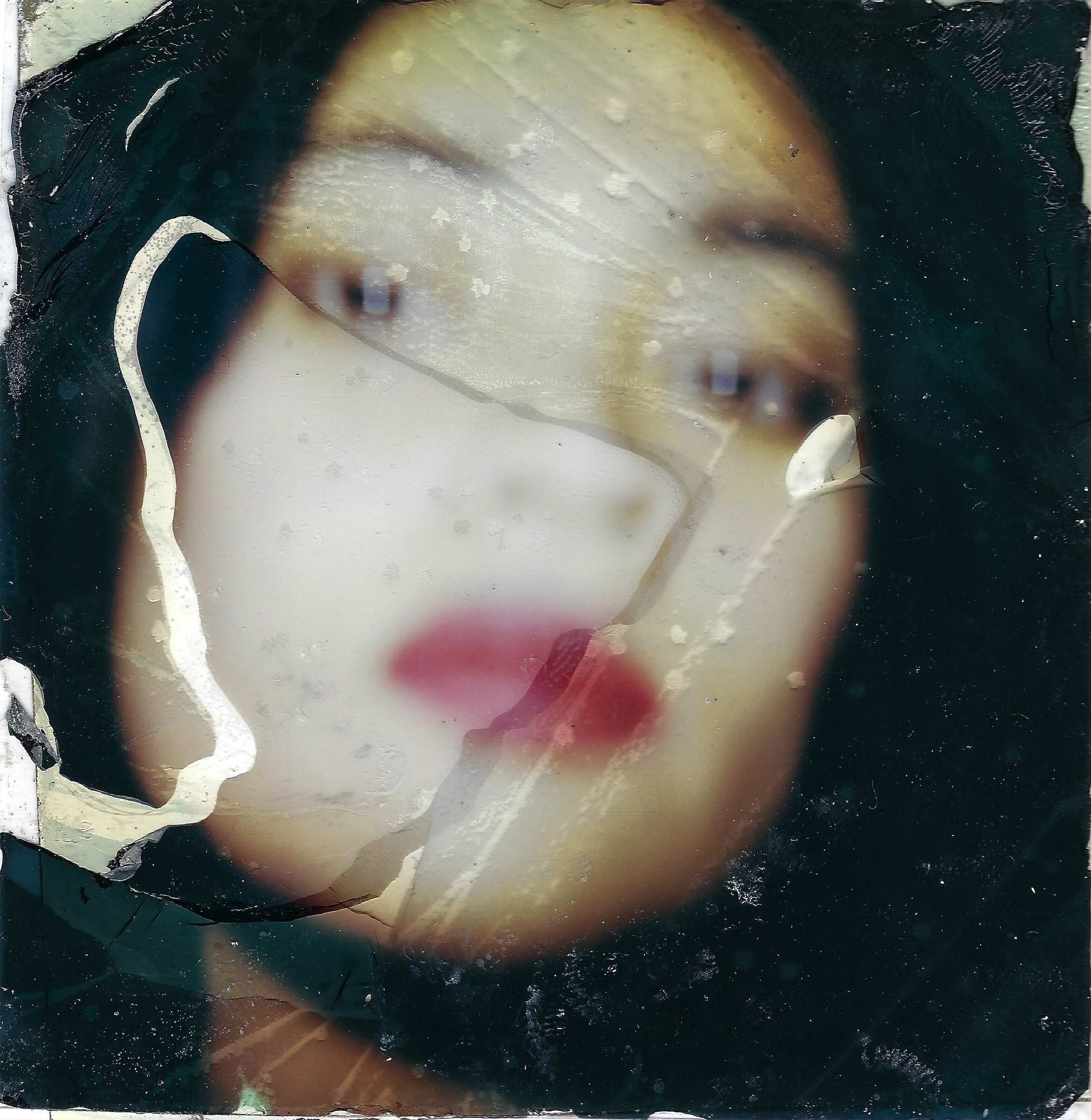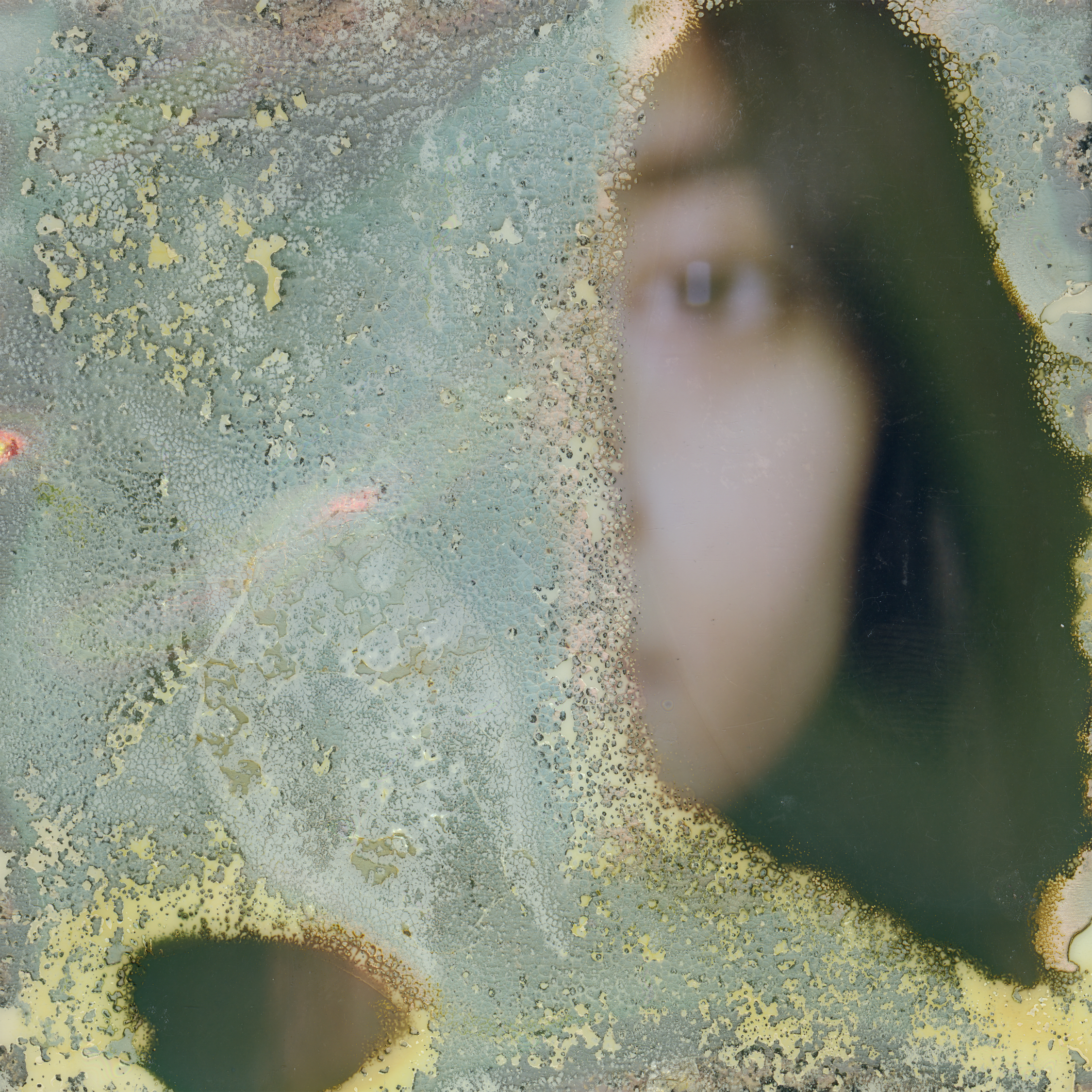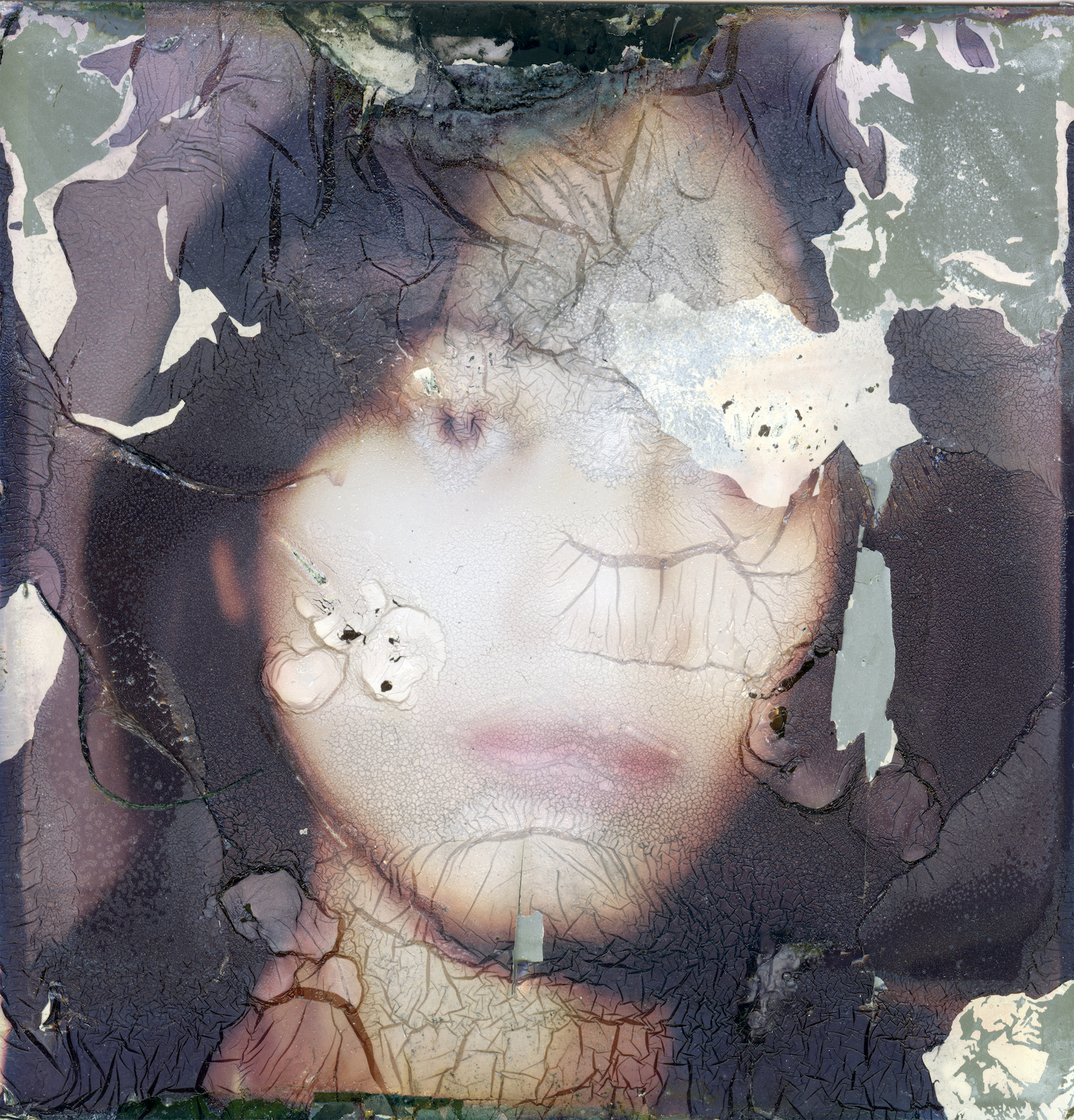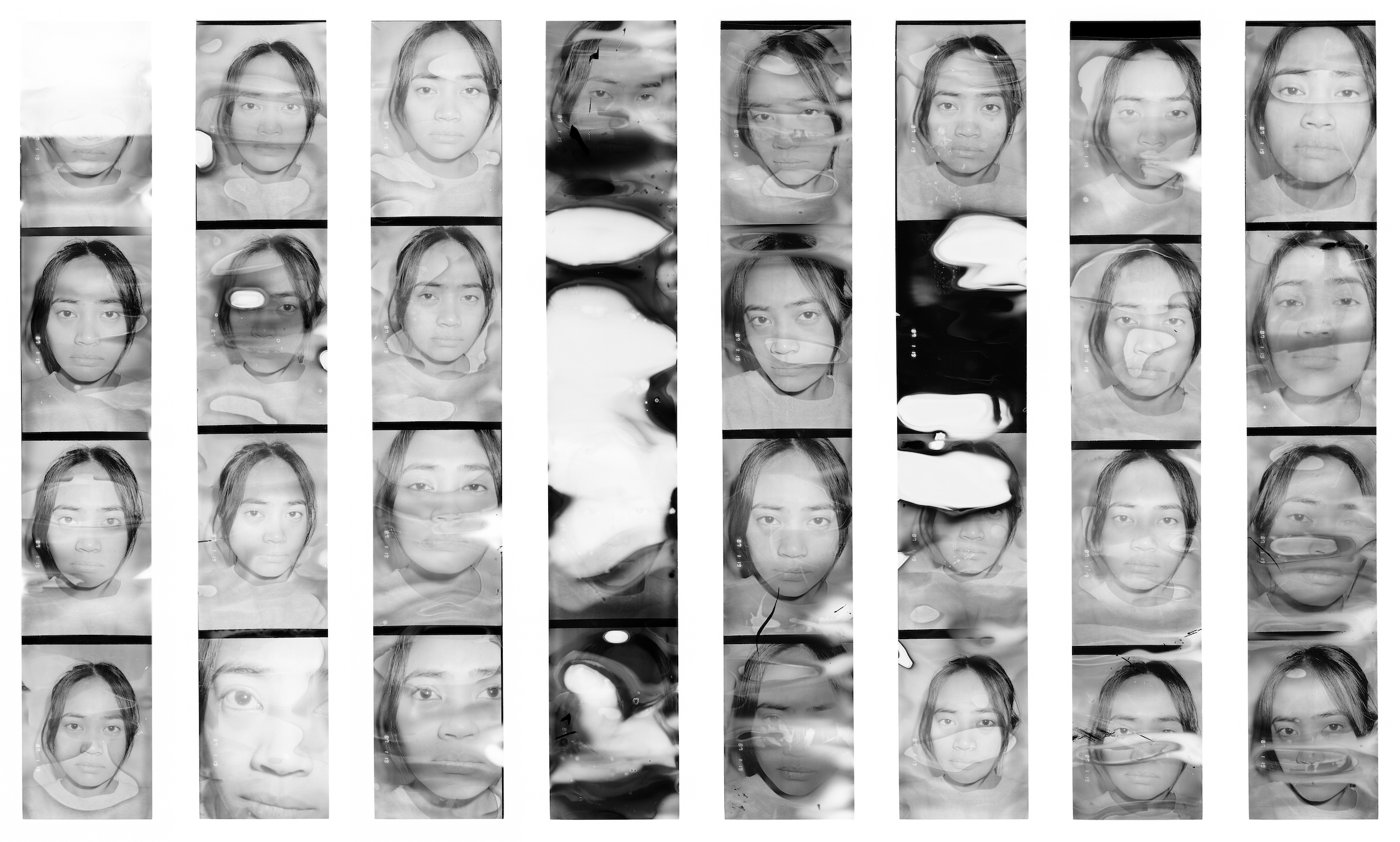All images © Rica May Tumanguil
Reacting against the aesthetic norms in her native Philippines, Rica May Tumanguil manipulates her self-portraits in the manner of Stephen Gill
Rica May Tumanguil was born and brought up in Tuguegarao, a city in the Philippines. The country was long under colonial rule, occupied first by Spain and then by the US; it gained independence in 1946 but, says Tumanguil, western values persist, including Eurocentric standards of beauty. Lighter skin is seen as desirable for finding a partner, or even establishing a career, and darker skin is sometimes openly mocked. Some Filipinos, especially young women, turn to whitening products in a bid to bleach themselves into conformity.
“As for many, it was a major part of my experience growing up,” says Tumanguil. “I was bullied and teased for having a more tanned complexion and, as a teenage girl wanting to be seen as beautiful, I used papaya soap to try to lighten my skin, as did my mother and sister. A common sight at the local market was women with peeling red skin after they had bleached, and it was also common for cheap skin-lightening soaps containing mercury to be sold at the market.”


“I was bullied and teased for having a more tanned complexion and, as a teenage girl wanting to be seen as beautiful, I used papaya soap to try to lighten my skin”
More recently, some skin-lightening commercials have elicited a backlash in the Philippines, Tumanguil adds, but generally these voices are quiet in the wider social discourse. She moved to London in 2015 to live with her father and to study photography at London South Bank University, and for her final project, opted to protest against the beauty practice, making a series ironically titled The Fairest of Them All. Taking a series of self-portraits on Polaroids, she applied skin-lightening products directly to the prints, allowing them to strip and damage the surfaces.
Tumanguil chose to work with Polaroids because the melting emulsions she lifted from them felt fleshy; the resulting work expresses the experience of skin-lightening, she says, serving as a literal reminder of just how caustic these products are. The fact that her face disappears in some images also suggests the notion of erasure and the effacement of non-western aesthetics and people. “Through Eurocentric and Orientalist lenses, the Philippines, as with other colonised lands, now face the after-effects of western white supremacy,” she comments.

Tumanguil discovered photography through her iPhone, but found herself drawn to analogue while at university. LSBU does not have a darkroom, but she met a friendly community at the Lakeside Darkroom, who gave her guidance she continues to draw on now she has graduated. Her tutors pushed her artistically too, but The Fairest of Them All was directly inspired by Stephen Gill, particularly his project Best Before End. Taking colour negative films and dunking them in energy drinks, Gill distorted and corrupted his images and, as with skin lightening, damaged his health in the process.
Gill’s project is a commentary on rest and a 24-hour society that almost forbids it; Tumanguil’s work is about impossible beauty standards and the ongoing impact of colonial and cultural imperialism. “I wanted to create a project that presented the viewer with overwhelming texture,” she says, “using processes that can only be achieved through these physical methods.”

